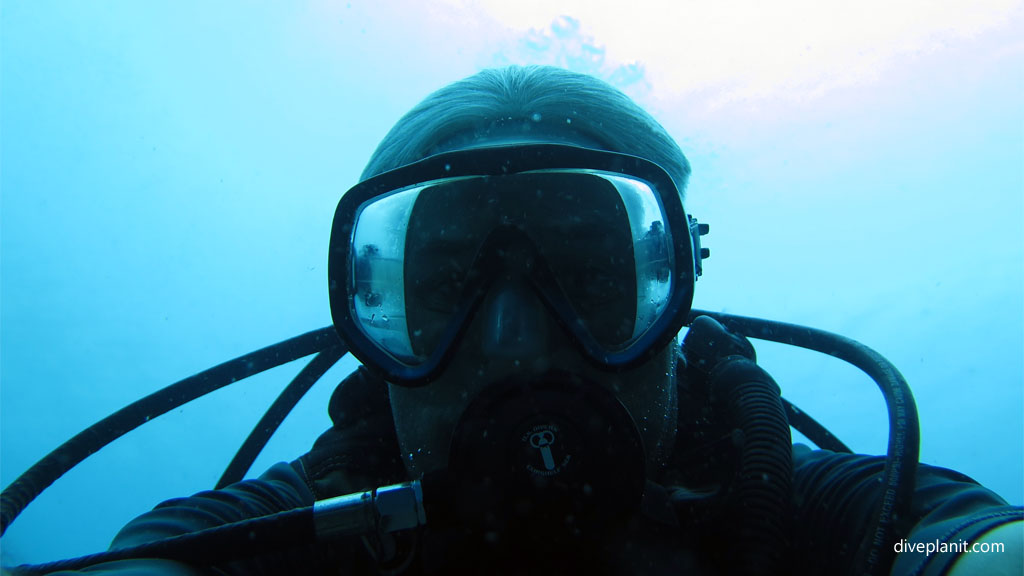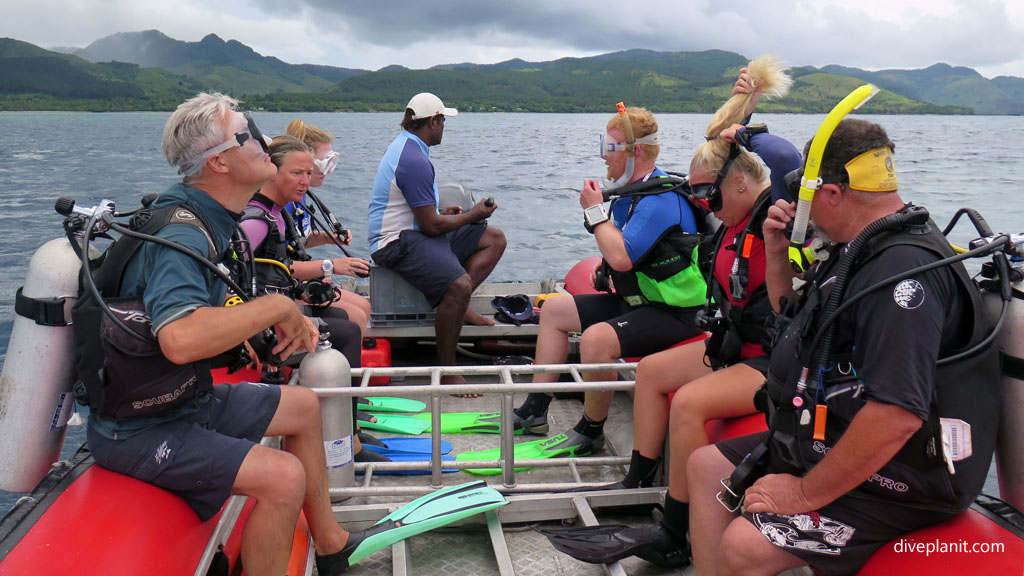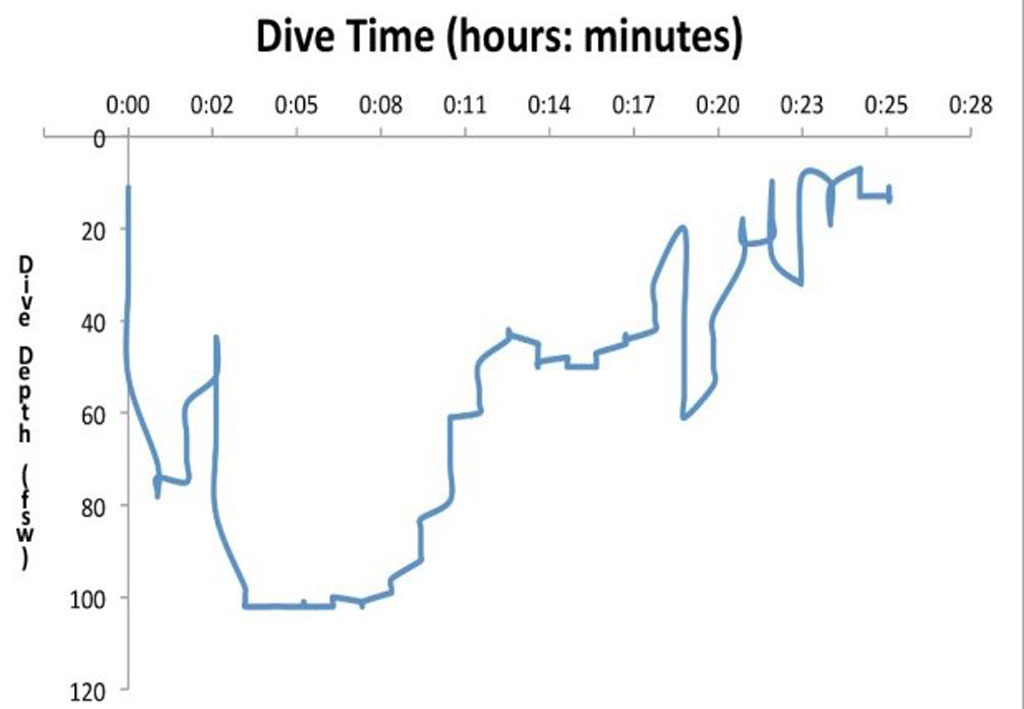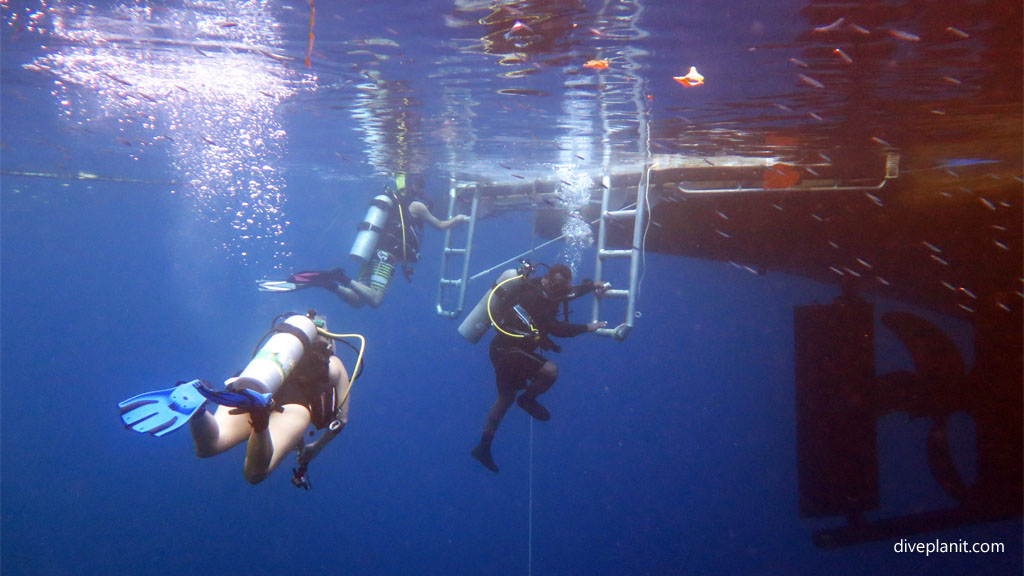Diveplanit brings a case study from DAN, and as usual, adds a personal note as there’s something in the story that we can all relate to personally. I had a similar situation of omitting a pre-dive buoyancy check, being over weighted and hitting the bottom at 32m in about 31 seconds.
A personal story
This was a long time ago (early 1980’s), in England diving the HMS M2 – a submarine which was able to carry a seaplane. (I can already hear you asking whether this is a true story – hence the link above – this is a true story in all respects). My dive buddy, a much larger and more experienced diver decided that in order to spend some serious time at 32m we’d need a lot of air. So he jerry rigged two of the biggest ali’s he could find into a twin-set, (a precursor to side-mounts maybe?) and I – who was then normally diving on a single ali, used his steel twin set.
This is in the time before BCD’s (yes there was such a time), we had ABLJ’s – Adjustable Buoyancy Life Jackets – essentially a life jacket that had oral inflation – which you’d only use as back up now, plus a small pony cylinder for emergency ascents. We were diving from the University’s small inflatable and on BSAC (British Sub Aqua Club) tables – this was before most divers could afford computers.
Sitting comfortably on the tube I didn’t think about the extra weight in those twin steel twin cylinders until I hit the water. It was all I could do to continuously clear my ears and avoid mask squeeze on my rapid descent.
Close to the bottom the water was near zero vis, and actually zero vis as I hit the silty bottom and sent a plume of sediment up around me. Of course my buddy came down more slowly and by the time he arrived I’d sorted out my buoyancy and was hovering above the wreck looking disapprovingly at the cloud of muck ‘someone’ had stirred up ‘over there’.
That was the last time I dived without giving serious thought to my weighting or performing a buoyancy check. It’s especially important when diving overseas with a different set-up as we so often do.
Here’s the reported story from DAN.
Reported Story
The diver is a 51-year old male, measuring 180 cm tall and weighing 123 kg. His dive experience consisted of 72 lifetime dives up to a maximum depth of 36m. He considered his skill level as intermediate. He reported an incident that occurred on a wreck dive while using a drysuit and air open circuit equipment.
Here is his report.
I failed to do a buoyancy check before the dive, and immediately it became obvious that I was overweighted as I entered the water. I tried to swim directly down to the wreck instead of going to the front of the boat and descending along the line that was fixed to it. I got swept in the current and dropped to the bottom away from the wreck. The other divers could not find me. I eventually made a safe ascent, did my safety stop, and all was OK.
A look at the log below shows that I started sinking rapidly.
I was at 23m one minute into the dive. I added air but began ascending too quickly. My computer issued a rapid-ascent warning at about 18m. I started venting but continued ascending until about 14m, then I started sinking again. I reached 30m in four minutes.
At this point, I was able to see the bottom and look around. I swam over to the wreck and grabbed on so that I wouldn’t be swept away by the current while gathering my thoughts. At five minutes into the dive I was at the bottom at 31m. I hung out there for about five minutes, assessing the situation; then I started swimming toward the shoal, which gradually rises to 18m. I noticed the line going up and reached it at about 12 minutes; I followed it up to 13m. I stayed there for a few minutes to off-gas.
Trying to get my buoyancy right, I was up and down the line a bit until I decided to go for the surface at about 17 minutes. I started ascending too quickly, vented and dropped down to 18m. The rest of the dive is up and down, trying to stay down long enough to get my three minutes at 5m.
This is how another diver saw my incident:
D entered the water over-weighted. The tank he rented had a different buoyancy than the one he was used to, and he wore a drysuit that he was not familiar with. Upon entering the water, D failed to do a weight check. When D vented his suit, the overweighting took over, and he descended uncontrolled straight to the bottom. D attempted to ascend, but because of the overweighting he had to apply a large amount of air. The large volume of air expanded quickly and caused a runaway ascent. To resolve this, D vented air, but he vented too much and sank again. This process happened repeatedly until D was able to control the venting and adding of air better and safely make it back to the surface.
DAN’s Comments
Buoyancy Problems
Buoyancy problems are often the root cause of diving incidents. In this case, the diver was at risk of barotrauma due to the rapid ascent, running out of air due to frequent adjustments of the buoyancy vest, overexertion, drowning and decompression sickness. Fortunately, the situation resolved without injury. The need to practice buoyancy-control skills regularly and conduct a pre-dive buoyancy test whenever a new configuration of equipment is used cannot be overstated.
Diveplanit adds: this is particularly important when diving on holiday and hiring gear or diving without so much neoprene! There’s no shame in spending time on the surface on the first dive getting your buoyancy spot-on. You’ll enjoy every dive after that so much more for being correctly weighted.
By Dr Petar J. Denoble. Case Summary Reprinted with the permission of the Divers Alert Network
Not Yet a DAN AP Member? Join today at www.danap.org
If you liked this post, you might also like: 10 Tips from DAN on planning an overseas diving holiday.







